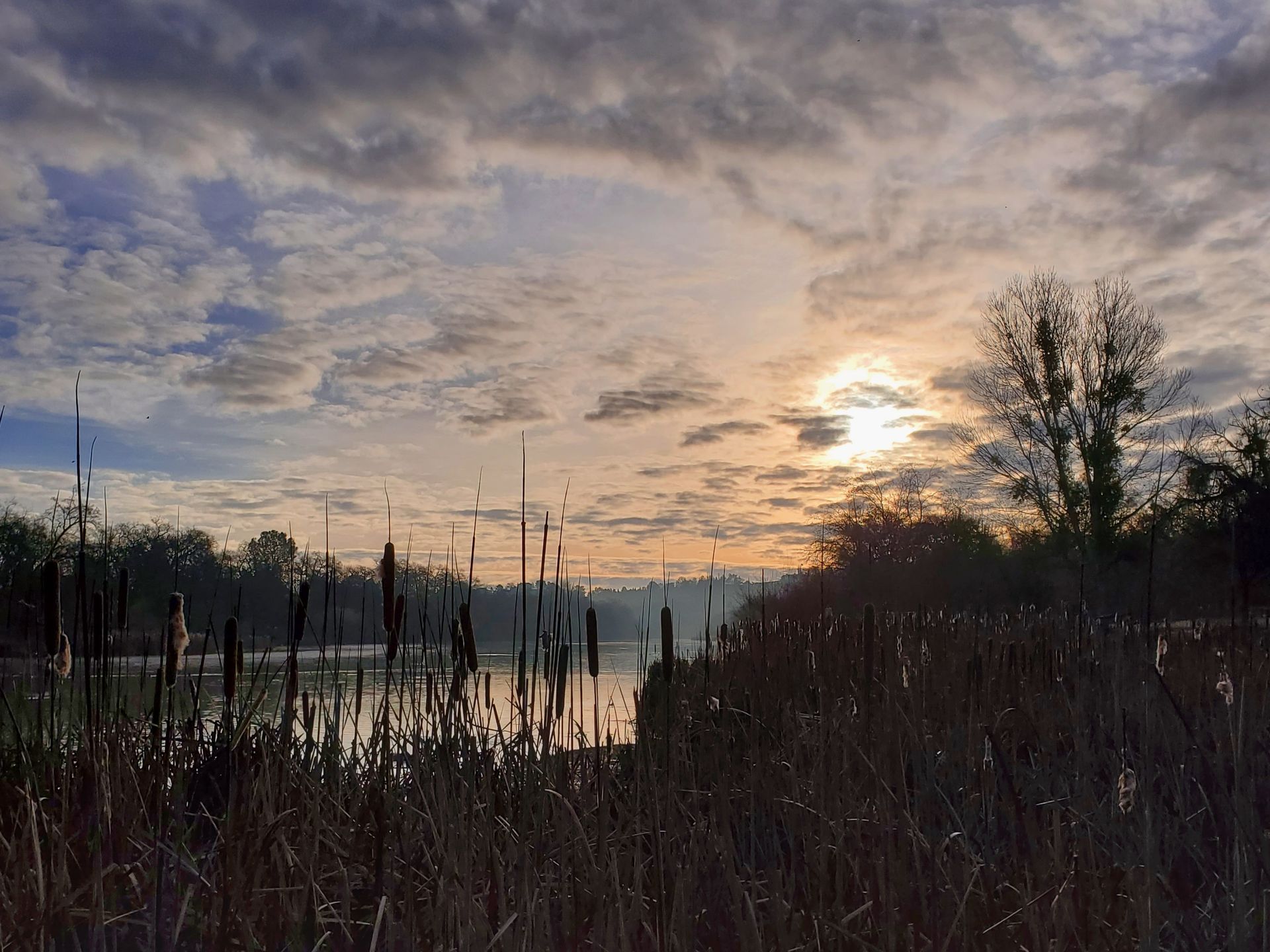Here Comes the Sun...

The sun is many things. In our solar system, it’s the closest star, the largest object in the sky, and the center of gravity that holds our small system together. In the universe, it’s a relatively small star, burning at a relatively cool temperature. On Mercury, the sun remains so close that it burns off any atmosphere that might exist there and on Neptune, the sun looks like a small blip, just another star in the night sky. But on Earth, the sun’s distance is just right to provide the warmth and light needed for life to flourish. The energy that we receive each day from our food doesn’t start on the Earth, it actually starts with the sun.
This idea is the basis of what students will be learning as they travel on the sun trail at Woodland Regional Park Preserve. For the Kindergarten and 1st grade students, this will mean observing the effects of sun and shade on life at the preserve as well as themselves. For the 4th and 5th grade students, this will mean tracing their source of energy from what they eat all the way back to the sun.
Kindergarten and first grade students will begin their adventure with a nature walk, making observations about where the sun shines on the Earth and where it is blocked to form shade. They will observe how life looks different in those different environments and will ponder why that might be. These young students will also participate in a some hands-on experiments. They will take a few moments to sit in the sun and the shade, discussing their sensory observations in each environment. They will also observe how several non-living materials (a rock, soil, and water) are affected by sun and shade, making predictions about each before testing them. At the end of their adventure, we will talk about the need to sometimes protect ourselves from the sun and create shade… which will lead to a final activity of building sun shelters (forts!) that the students can use to enjoy their snacks or lunch.
The 4th and 5th grade students will become sun trackers on their adventure, tracking both the movement of the sun and the energy it provides as it makes its way through the food web. Students begin by creating a solar clock using stone markers, a stick, and a compass. They also measure and mark their shadows before leaving for their nature walk so they can observe the change when they return. As students venture out on their nature walk, they learn to become animal trackers, spotting clues of the many different animals that inhabit the preserve- everything from prints to scat. Students will talk about the difference between carnivores, omnivores, and herbivores, as well as predators and prey. As they do this, they will start to think about what each animal in the preserve uses as a food source, or in other words, where they get their energy. Eventually, students will trace their way back to plants, at which point we will have to ask the question, “Where do plants get their energy from?” This takes us back to the sun! At the end of their nature walk, students return to their solar clock to track the movement of the shadows and discuss what this means about the movement of Earth’s position in relation to the sun, and how that effects the food web.
On Earth, the sun isn’t just a source of light and warmth, it is also a source of energy. The energy passing through our food webs can be traced all the way back to the sun and the sun greatly affects an ecosystem. At the preserve, students have the opportunity to experience and observe these effects firsthand as they adventure on the Sun Trail.
-Kara Green (kgreen@tuleyome.org)
Education Associate
RECENT ARTICLES






